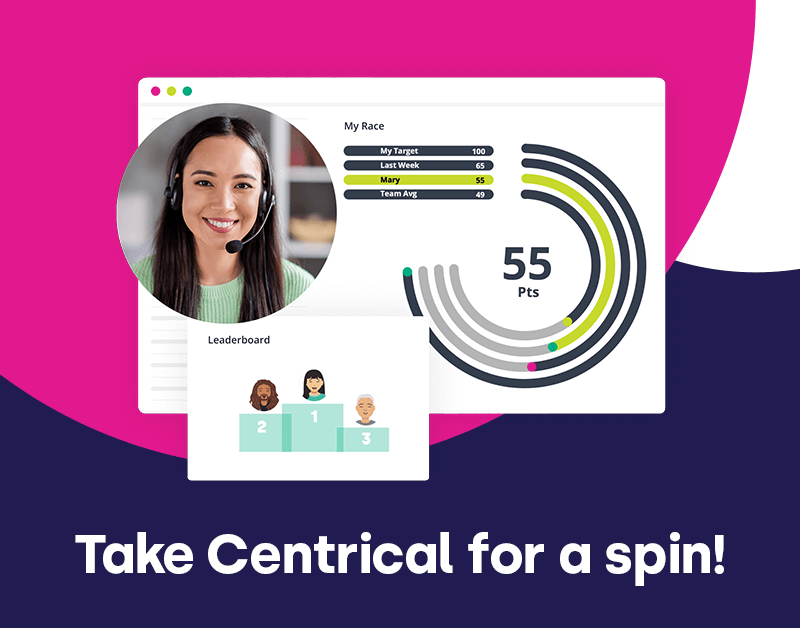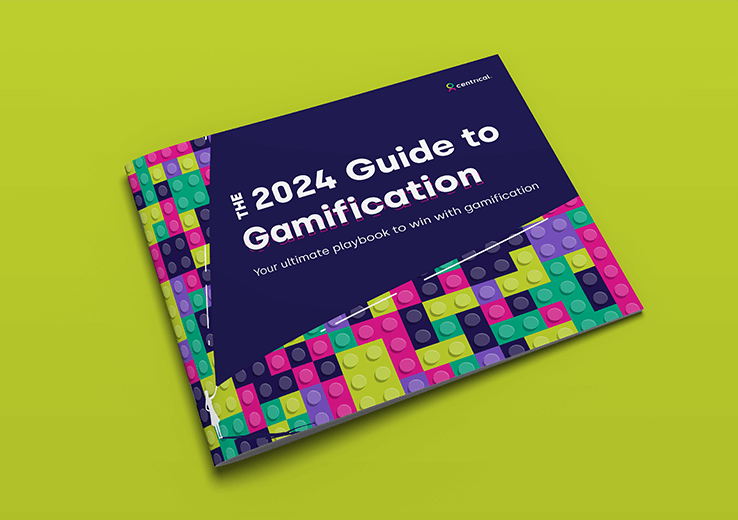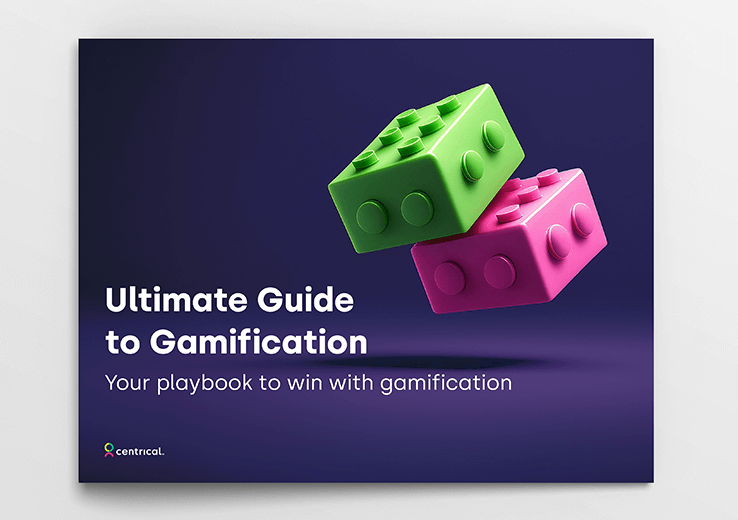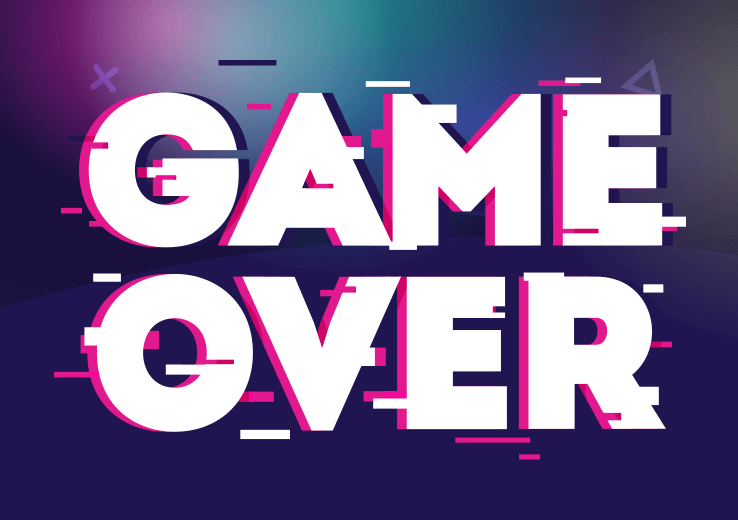Our microlearning engagement platform uses gamification – and most people imagine using it for self-paced learning. However, it also fits nicely with Instructor-led training, whether in-class or in virtual classrooms. In this post, we’ll share several real-life examples of how you can use a gamified solution together with ILT.
Training employees in a classroom is still a very popular method for learning, especially for certain onboarding scenarios. Yet, today’s classroom is changing – not only is more learning shifted outside the class, but many tools are coming into the classroom, so that instructors can easily reach better learning results.
The main reasons companies consider adding gamification to instructor-led training, as a stand-alone solution or combined with other forms of training are:
- To drive engagement and social learning
- To pace learning or gate it
- To assess learners in real-time
- To change instruction on the go
- To deliver real-time feedback to learners
- To personalize learning in the classroom
Here are some ways we’ve seen our customers use gamification, in addition to the fun, social and motivational aspects of it:
- Instructor locks and releases activities according to behavior in the classroom/passing score
- Course uses multiple sources of learning (blended learning) and delivers them through gamified system
- Instructor reviews scores to identify knowledge gaps in real time, also collecting all learning metrics in one place
- Using gamification to encourage independent learning
- Using gamification to have learners study independently before, during or after classroom training
- Instructor communicates success and feedback through system, alongside other learning KPIs
Here are some examples:
-
Pace learning of gated content.
Each student has their own pace, and to reach maximum value from the learning procedure, it should be personalized. Sometimes enforcement of pacing or a certain learning path is also required. While some content can be served to the entire classroom, other content should be accessible only after specific learning outcomes occur. Using Centrical’s platform, this can be done in real time. For example, a task that is available only for students who finish a previous task with a passing score and another extra task that is sent to students that finish below a certain score. The goal is to give students the feeling they are progressing in a pace that is right for them, and not according to a one size fits all plan.
-
Gamification
Adding gamification to ILT boosts engagement and social interactions. Adding narratives like a car race, escape room or others, motivates students to keep moving forwards it their learning path. Competitions, badges and social sharing gives the entire classroom another fun dimension for learning. All activities can be accessed through the gamified system, and all scoring is kept there as well
-
Feedback enhancement
Building knowledge requires giving feedback, and gamification can be used as an important source of feedback. Not only do instructors should put in a good word when a student aced a quiz, or sit down and listen when they fail the fulfill required tasks. The more feedback sources students have, the more they engage in the learning process and retain it. Adding automated responses, through the Gameffective platform online and offline when they excel or fall behind, sending them detailed explanations and links to sources for further learning, all together strengthen the learning process and fight the forgetting curve.
-
Self-reflect – let students know where they stand
Another angle of giving feedback is giving students the chance to see how they are doing as a way of building self-awareness, drive engagement and improve learning. The way to do this is by allowing users to see how many tasks and missions they have completed, and to follow the change in their success rate. Moreover, asking users to reflect how they perceive themselves, help instructors get a clearer picture on proficiency.
-
Track and identify trends
Using data on student performance, success rate and self-evaluation, helps determine trends for the entire class, determine how successful past decisions are, and what would be the best practice for future ones. Whether it’s to put more emphasis on personal mentoring because people constantly respond very well to it, or to decrease the amount of reading because people respond very poorly to it.
Engage and motivate your frontline teams
Improve performance with an AI-powered digital coach
Deliver world class CX with dynamic, actionable quality evaluations
Boost performance with personalized, actionable goals
Nurture employee success with the power of AI
Listen and respond to your frontline, continuously
Drive productivity with performance-driven learning that sticks
Drive agent efficiency, deliver client results
Keep tech teams motivated and proficient on products and services while exceeding targets
Maintain compliance while building customer happiness and loyalty
Enlighten energy teams to boost engagement
Engage, develop, and retain your agents while driving better CX
Improve the employee experience for your reservations and service desk agents







 Madeleine Freind
Madeleine Freind
 Natalie Roth
Natalie Roth Linat Mart
Linat Mart












 Doron Neumann
Doron Neumann Gal Rimon
Gal Rimon Daphne Saragosti
Daphne Saragosti Ella Davidson
Ella Davidson Ariel Herman
Ariel Herman Ronen Botzer
Ronen Botzer